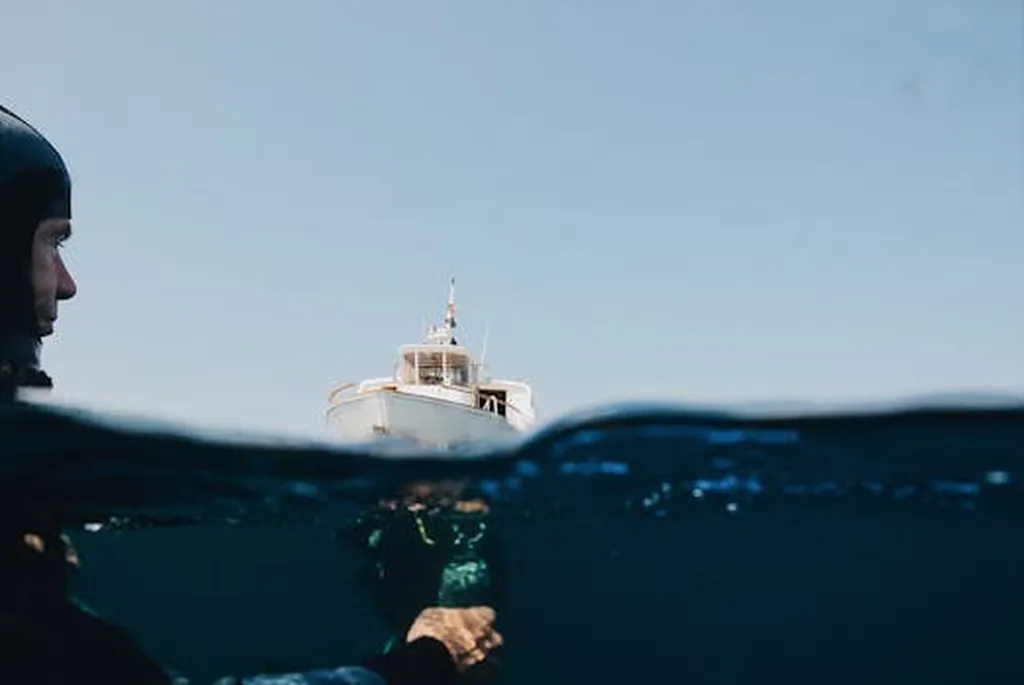In the vast, often murky depths of our oceans, keeping tabs on maritime traffic and safeguarding the environment is no easy feat. But a novel approach to underwater acoustic target recognition, developed by researchers like Yue Zhao from the Jiangsu Maritime Institute in China, is making waves in the field. Their work, recently published in the journal ‘Sensors’ (translated from Chinese), is tackling some of the persistent challenges in underwater acoustic monitoring.
So, what’s the big deal? Well, imagine trying to identify different types of ships just by listening to the sounds they make underwater. It’s a bit like trying to distinguish between a rumbling truck and a purring cat from a distance, but with the added complexity of water’s unpredictable behavior. Traditional methods have struggled with this, often requiring hefty computational power and failing to adapt to the varied sounds different vessels make.
Enter Zhao and their team’s solution: a novel path-routing convolution mechanism. Think of it as a sophisticated ear that can tune into different frequencies and volumes simultaneously, extracting key features from the underwater acoustic data. This mechanism uses multiple paths with different dilation rates, much like how a skilled musician can pick out individual instruments in an orchestra. The team also designed a unified architecture called MobilePR-ConvNet, which can adapt to different hardware platforms, making it scalable and practical for real-world use.
The results speak for themselves. On two different datasets, DeepShip and ShipsEar, the method achieved impressive recognition accuracies of 98.58% and 97.82%, respectively. Even in noisy conditions with a low signal-to-noise ratio, it maintained a robust performance of 77.8%. As Zhao puts it, “The proposed method validates the cross-dataset generalization capability in complex marine environments, providing an effective solution for intelligent deployment on resource-constrained underwater devices.”
So, what does this mean for the maritime industry? For starters, it could revolutionize maritime traffic surveillance. Port authorities, coast guards, and shipping companies could use this technology to monitor vessel movements more accurately, enhancing safety and security. It could also aid in ocean environmental protection by helping to track and identify vessels that might be causing pollution or engaging in illegal activities.
Moreover, the lightweight and scalable nature of the proposed solution makes it ideal for deployment on power-constrained underwater sensors. This could open up new opportunities for cost-effective, large-scale underwater monitoring systems. As the technology matures, we might see it integrated into autonomous underwater vehicles, smart buoys, and other maritime infrastructure, paving the way for smarter, more efficient ocean management.
In the end, Zhao’s work is a testament to the power of innovative research in addressing real-world challenges. As the maritime industry continues to evolve, such advancements will be crucial in navigating the complex and dynamic underwater environment.

